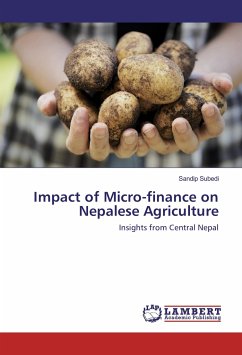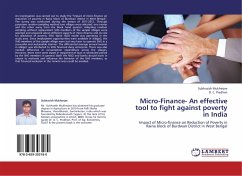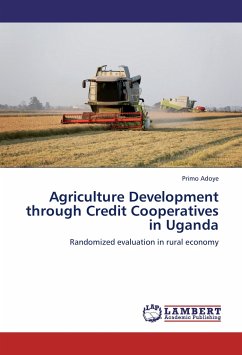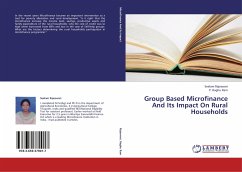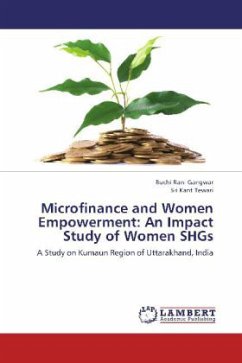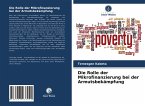A study was conducted to assess the impact of microfinance on crop and livestock. Of total 662 households surveyed, 51.76 % were males and 48.23 % were females. Study showed that 73.07 % of people under microfinance had self-sufficient food whereas only 61.90 % people without microfinance had self-sufficient food production. There was 10635.96 Rs. /ha increase in expense cost for farmers participating in microfinance. Probit regression analysis showed that, four variables were statistically significant for farmer's participation in microfinance, they were; age of household, caste/ethnicity, total land holding capacity and livestock unit. Variables namely district, gender of household, food self-sufficiency, education of household head, occupation of household head, family size, farm income and farm expense were statistically non-significant. Microfinance has increased average livestock holding and has reduced the gross margin from livestock significantly. Most of the people use microfinance for other purposes rather than for agriculture. On the other hand use of modern technology as prescribed by microfinance are capital intensive which in turn increase the crop expense.
Bitte wählen Sie Ihr Anliegen aus.
Rechnungen
Retourenschein anfordern
Bestellstatus
Storno

